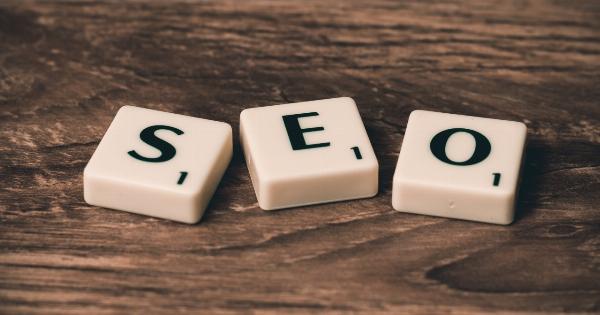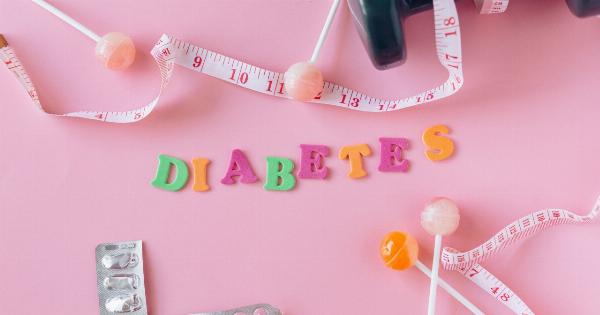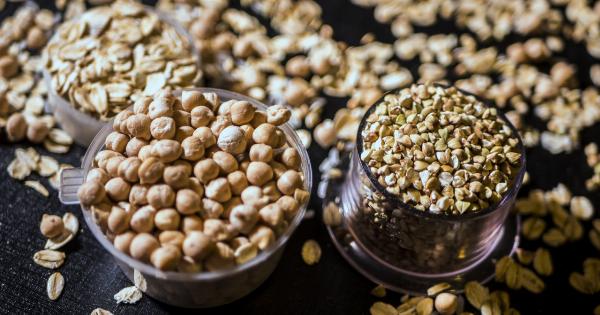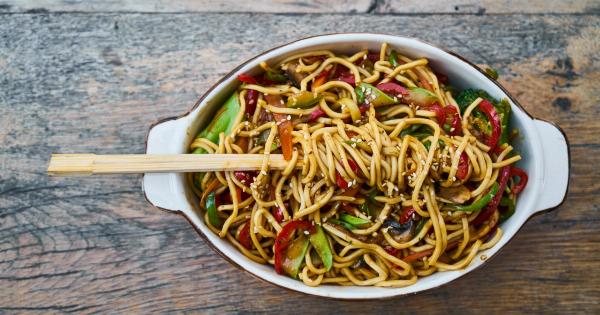Fiber is an essential component of a healthy diet. It has numerous benefits for your digestive system and overall well-being. Despite its importance, many people do not consume enough fiber in their daily diet.
In this article, we will discuss the signs that indicate that you may not be eating sufficient fiber.
What is Fiber and Why Do You Need It?
Fiber is a type of carbohydrate that cannot be broken down by the body’s digestive enzymes. It passes through the digestive system largely intact and provides a range of health benefits.
There are two types of fiber – soluble fiber and insoluble fiber.
Soluble fiber absorbs water and forms a gel-like substance in the digestive tract. It helps to soften the stool and slows down digestion, keeping you feeling fuller for longer.
This type of fiber can be found in foods such as oats, fruits, vegetables, and legumes.
On the other hand, insoluble fiber does not dissolve in water and adds bulk to the stool. It promotes regular bowel movements and prevents constipation. Whole grains, nuts, and seeds are excellent sources of insoluble fiber.
The Benefits of Eating Sufficient Fiber
Consuming enough fiber offers a range of health benefits. Some of the key advantages include:.
1. Improved Digestive Health
Fiber helps to maintain a healthy digestive system by preventing constipation and promoting regular bowel movements. It adds bulk to the stool and prevents conditions like hemorrhoids and diverticulitis.
2. Weight Management
Fiber-rich foods are typically low in calories and can help with weight management. They provide a feeling of fullness, reducing the likelihood of overeating.
High-fiber meals tend to require more chewing, which increases meal duration and allows the brain more time to receive signals of fullness.
3. Blood Sugar Control
Soluble fiber slows down the absorption of glucose, preventing rapid spikes in blood sugar levels. This can be beneficial for individuals with diabetes or those at risk of developing the condition.
4. Lower Cholesterol Levels
Consuming soluble fiber has been shown to lower LDL cholesterol levels, also known as “bad” cholesterol. By binding to cholesterol in the digestive system, fiber prevents its absorption into the bloodstream.
5. Reduced Risk of Heart Disease
Fiber has a positive impact on heart health. By lowering cholesterol levels and regulating blood sugar, it helps to reduce the risk of developing heart disease.
Signs that You’re Not Eating Enough Fiber
Now that we understand the benefits of fiber, let’s explore the signs that may indicate you’re not consuming enough:.
1. Irregular Bowel Movements
If you often experience irregularity in your bowel movements, such as infrequent or uncomfortable trips to the bathroom, it may be a sign of insufficient fiber intake. Fiber adds bulk and helps to regulate bowel movements, preventing constipation.
2. Difficulty Maintaining a Healthy Weight
If you struggle with managing your weight or frequently feel hungry soon after meals, it could be due to a lack of fiber. High-fiber foods help you feel fuller for longer, reducing the chances of overeating or snacking on unhealthy foods.
3. Low Energy Levels
Inadequate fiber intake can contribute to low energy levels. Fiber-rich foods provide a steady release of energy and prevent rapid blood sugar fluctuations that can lead to crashes in energy.
4. Constant Cravings for Unhealthy Foods
Craving sugary or processed foods is a common sign of insufficient fiber intake. Fiber helps to stabilize blood sugar levels and reduces cravings for junk food.
5. Difficulty Managing Blood Sugar Levels
If you struggle to maintain stable blood sugar levels, increasing your fiber intake may be beneficial. Soluble fiber slows down the absorption of glucose, helping to prevent spikes and crashes in blood sugar levels.
6. High Cholesterol Levels
If your cholesterol levels are consistently high, it may be an indication that you need to increase your intake of fiber-rich foods. Soluble fiber has been shown to help reduce LDL cholesterol levels and improve heart health.
7. Increased Risk of Heart Disease
Individuals with a high risk of heart disease or a family history of the condition may need to focus on consuming more fiber. A fiber-rich diet can help lower cholesterol levels and reduce the risk of developing heart-related problems.
8. Trouble Controlling Blood Pressure
Fiber-rich diets, particularly those that include whole grains, have been linked to lower blood pressure levels. If you struggle to control your blood pressure, increasing fiber intake can be a beneficial strategy.
9. Slow Wound Healing
Fiber plays a role in maintaining optimal immune function. If you notice that your wounds take longer to heal than usual, it could be a result of inadequate fiber consumption.
10. Lack of Satiation After Meals
If you often feel unsatisfied or hungry soon after meals, it may be due to a lack of fiber. Fiber-rich foods provide bulk, making you feel fuller for longer and reducing the need for constant snacking.
Incorporating More Fiber into Your Diet
If any of the signs mentioned above resonate with you, it may be time to increase your fiber intake. Here are some practical tips to help you incorporate more fiber into your diet:.
1. Eat More Fruits and Vegetables
Fruits and vegetables are excellent sources of fiber. Aim to include a variety of colors and types in your daily meals. Berries, apples, broccoli, and carrots are just a few examples of fiber-rich options.
2. Choose Whole Grains
Swap refined grains for whole grains whenever possible. Whole wheat bread, brown rice, quinoa, and oats are all nutritious choices that provide ample amounts of fiber.
3. Include Legumes in Your Meals
Legumes such as lentils, chickpeas, and black beans are not only a great source of plant-based protein but also high in fiber. Add them to soups, stews, salads, or enjoy them as a main dish.
4. Snack on Nuts and Seeds
Snacking on nuts and seeds can provide a boost of fiber and healthy fats. Almonds, chia seeds, and flaxseeds are all excellent options to incorporate into your snacks or meals.
5. Increase Water Intake
When adding more fiber to your diet, it’s crucial to drink enough water. Fiber absorbs water in the digestive tract, so staying hydrated helps prevent digestive discomfort and keeps things moving smoothly.
6. Gradually Increase Fiber Intake
It’s important to gradually increase your fiber intake to allow your body to adjust. Suddenly consuming excessive amounts of fiber can lead to bloating, gas, and discomfort.
Slowly incorporating more fiber into your meals will help your digestive system adapt.
Conclusion
Fiber is a vital component of a healthy diet that often gets overlooked. Many people do not consume enough fiber, which can lead to various health issues.
If you experience any of the signs mentioned in this article, it’s time to evaluate your fiber intake and make necessary changes. By incorporating more fiber-rich foods into your diet, you can promote optimal digestive health, maintain a healthy weight, regulate blood sugar levels, and reduce the risk of heart disease.




























